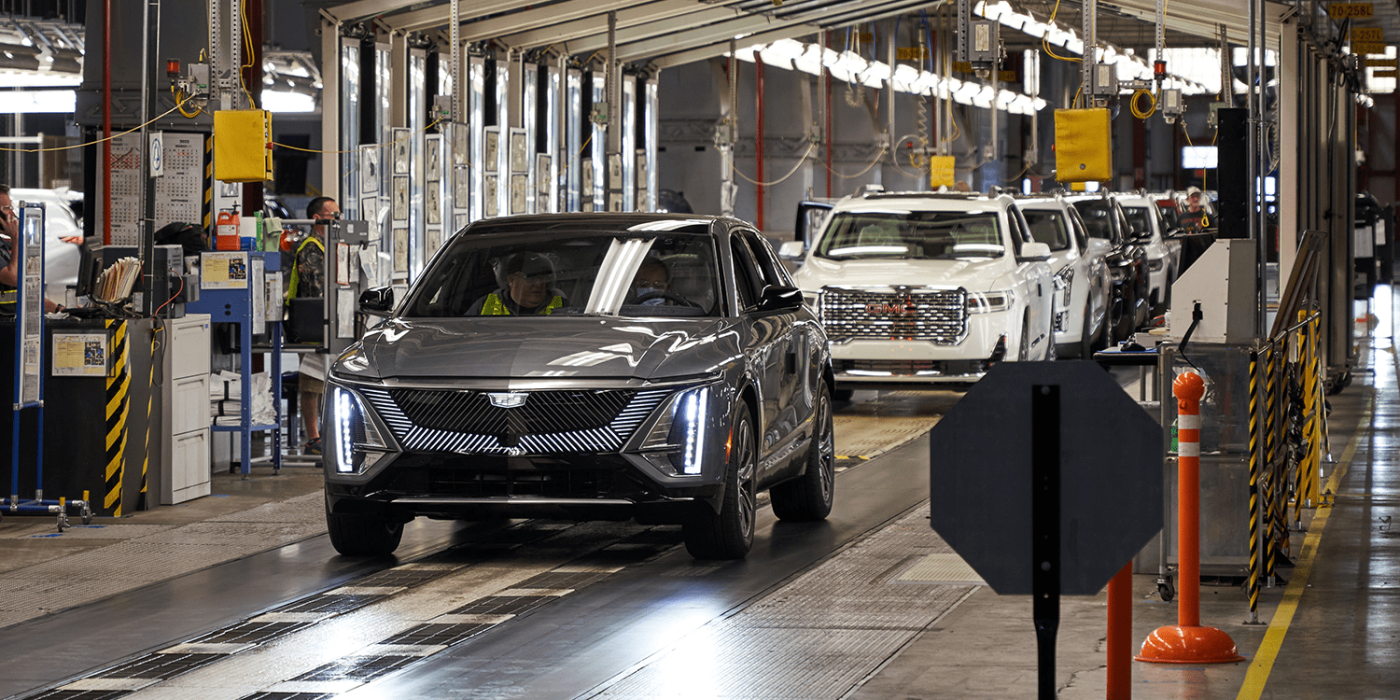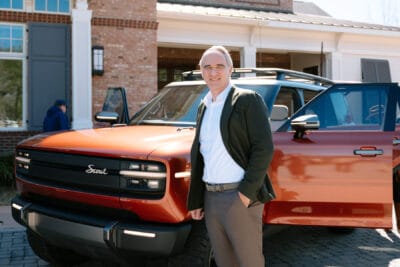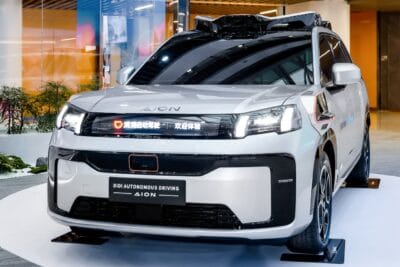New US subsidy regulation allows for subsidy of foreign vehicles
In the new regulation of tax credits for electric vehicles in the USA, there will apparently be a backdoor for foreign manufacturers – via leasing companies. But an influential senator has already announced opposition to the loophole.
Shortly before the turn of the year, the US Treasury Department published new information on the tax credit, which will be amended on 1 January 2023, including the following important innovation: electric vehicles that were not assembled in North America can also benefit from the subsidy – but only if they are leased and used commercially.
However, this regulation is also described as “confusing” by US media: If the vehicles are bought by leasing companies and then leased on, they can apparently be declared as “commercial vehicles”. And that even if they are used by end consumers and not as a commercial vehicle in the true sense. The tax credit, which in this case would go to the leasing company, would then be used to reduce the monthly instalments for the end users. Since the specifications for the tax credit for “commercial vehicles” currently provide for less stringent criteria with regard to assembly and vehicles and batteries, vehicles assembled in Europe or Asia could also be promoted here.
The only restrictions, in this case, are that the vehicle is built by a qualified manufacturer, is purchased for use or lease by the taxpayer (i.e. the US leasing company) and not for resale, and is treated as a motor vehicle under “Title II of the Clean Air Act”.
Tesla qualifies for US tax credit
It has not yet been finally clarified which models are eligible under this new regulation: A preliminary list of qualified car models has been published and will be updated in the coming days and weeks. In the meantime, some variants of the Tesla Model 3 and Model Y can also be found on the list – this also means that, as announced, the upper limit of 200,000 eligible vehicles for a manufacturer, previously reached by Tesla and General Motors, has fallen.
Adding to the aforementioned confusion is the fact that this regulation will probably only apply for a limited period of time – the exact period, however, is not yet known. According to the portal Carscoops, it is assumed “that these specific rules will only apply for a few months”.
The requirements for battery minerals and components, which are also relevant for the US tax credits, will reportedly not be published until March 2023. But info released by the department on the expected direction indicates that at least 40 per cent of battery-critical minerals and at least 50 per cent of battery components must come from the US or from countries with a free trade agreement with the US. Over the years, both percentages continue to rise. The ministry lists the countries that have a free trade agreement with the US (the EU is not one of them) and holds out the prospect that “additional free trade agreements could be negotiated for the purposes of future critical minerals requirements”.
Reactions to the leasing guidelines vary widely. Democratic US Senator Joe Manchin, who had previously spoken out against subsidies for foreign carmakers in the past and decisively shaped the Inflation Reduction Act together with his opposition, again announced his renewed opposition. In his view, the Treasury Department had “rewarded companies looking for loopholes”. He said he would seek legislation to stop “this dangerous interpretation by the Ministry of Finance”.
The EU Commission, on the other hand, which had spoken out against the strong restrictions in the interest of European industry, praised the new guidelines on consumer leasing in a statement. They would “not require any changes to established or envisaged business models of EU manufacturers. This is a win-win situation for both sides”.
carscoops.com, reuters.com, treasury.gov, irs.gov (FAQ), irs.gov (vehicle list), europa.eu (EU reaction)




